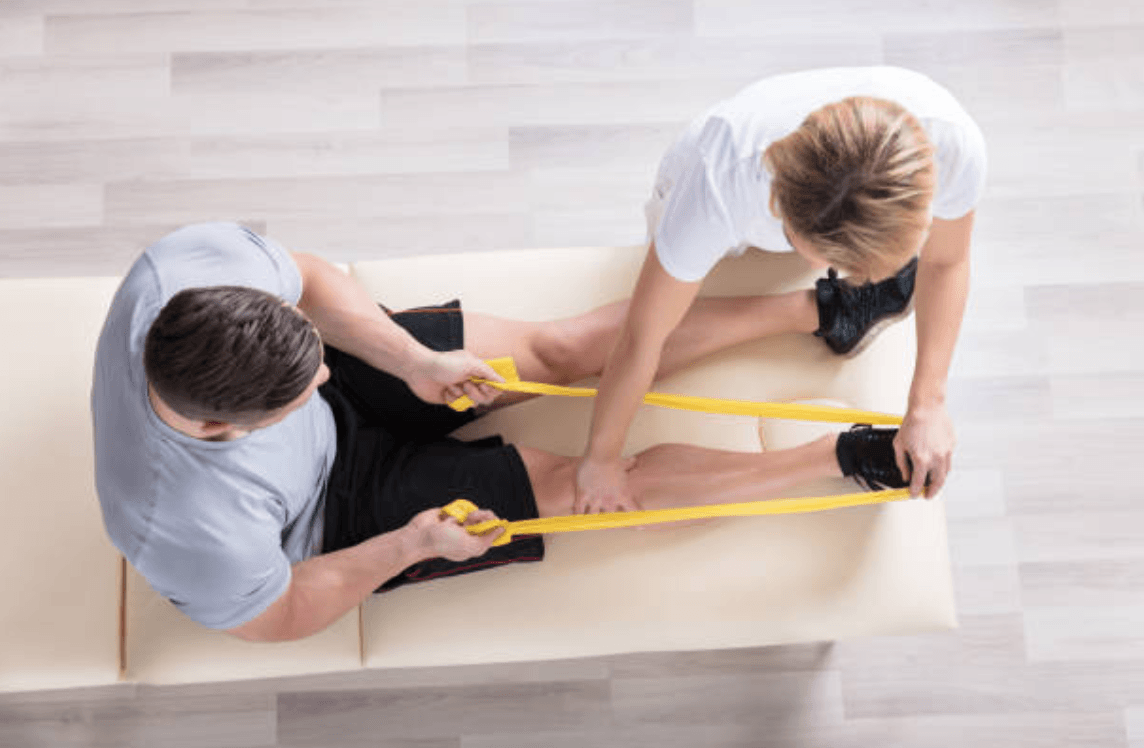Post-surgical rehabilitation is a crucial phase in the recovery journey of individuals who have undergone surgery. Whether it’s a minor procedure or a major operation, the period following surgery requires careful attention and specialized care to ensure optimal healing and restoration of function. In this article, we will explore what to expect during post-surgical rehabilitation and delve into the significant role that physiotherapy plays in facilitating the recovery process.
1. Introduction to Post-Surgical Rehabilitation
After surgery, the body undergoes a series of physiological changes as it works to repair the injured tissues and adapt to the alterations made during the procedure. Post-surgical rehabilitation focuses on supporting these natural healing processes while minimizing complications and restoring the patient’s functionality.
2. Preparing for Post-Surgical Rehabilitation
Before embarking on the rehabilitation journey, it’s essential to adequately prepare both physically and mentally. This involves consulting with a physiotherapist who specializes in post-surgical care, gaining a thorough understanding of the surgical procedure and its potential effects, and setting realistic expectations regarding the recovery timeline and outcomes.
3. The Role of Physiotherapy in Post-Surgical Rehabilitation
Physiotherapy plays a pivotal role in post-surgical rehabilitation by addressing various aspects of the recovery process. This includes managing pain, restoring range of motion, strengthening muscles, and improving overall mobility to help patients regain their independence and quality of life.
3.1 Pain Management
One of the primary goals of post-surgical physiotherapy is to alleviate pain and discomfort associated with the surgical procedure. This may involve the use of manual therapy techniques, modalities such as heat or cold therapy, and therapeutic exercises aimed at reducing inflammation and promoting tissue healing.
3.2 Restoring Range of Motion
Surgery can often lead to stiffness and limited range of motion in the affected joints or muscles. Physiotherapists employ various techniques such as stretching exercises, joint mobilizations, and passive range of motion exercises to gradually restore normal movement patterns and flexibility.

3.3 Strengthening Muscles
Muscle weakness is a common consequence of surgery and immobility. Through targeted strengthening exercises and resistance training, physiotherapists help patients rebuild muscle strength and endurance, allowing them to perform daily activities with greater ease and efficiency.
3.4 Improving Mobility
Regaining mobility is essential for resuming functional activities and preventing complications such as muscle atrophy and joint stiffness. Physiotherapy interventions focus on enhancing balance, coordination, and gait mechanics to facilitate safe and efficient movement.
4. What to Expect During Post-Surgical Rehabilitation
The post-surgical rehabilitation process typically begins with an initial assessment by a physiotherapist to evaluate the patient’s current functional status and identify specific areas of concern. Based on this assessment, a customized treatment plan is developed, outlining the goals, strategies, and timeline for rehabilitation.
5. Common Post-Surgical Rehabilitation Techniques
Physiotherapy employs a variety of techniques and modalities to address the unique needs of each patient during the recovery process. These may include:
5.1 Manual Therapy
Manual therapy techniques such as massage, joint mobilizations, and soft tissue manipulation are used to improve circulation, reduce pain, and promote tissue healing.

5.2 Therapeutic Exercises
Customized exercise programs are designed to target specific muscle groups, improve joint mobility, and enhance overall strength and flexibility.
5.3 Hydrotherapy
Hydrotherapy involves exercises performed in a pool or aquatic environment, taking advantage of buoyancy and resistance to facilitate movement and reduce stress on weight-bearing joints.
6. Importance of Compliance and Patience
Successful rehabilitation outcomes depend largely on the patient’s commitment to following the prescribed treatment plan and maintaining a positive attitude throughout the process. It’s essential to stay motivated, patient, and consistent with therapy sessions to achieve meaningful progress and long-term results.
7. Challenges and Potential Complications
While post-surgical rehabilitation offers numerous benefits, it is not without its challenges and potential complications. Patients may encounter issues such as:
7.1 Pain Management Issues
Managing post-operative pain can be complex, requiring a multifaceted approach that may include medication, physical therapy, and psychological support.
7.2 Slow Progress
Recovery from surgery can be slow and gradual, testing the patience and perseverance of both patients and caregivers.
7.3 Psychological Impact
Surgery and rehabilitation can take a toll on mental well-being, leading to feelings of anxiety, depression, or frustration. It’s essential to address these emotional concerns and provide adequate support throughout the recovery process.
8. Benefits of Post-Surgical Rehabilitation
Despite the challenges, post-surgical rehabilitation offers numerous benefits for patients, including:
- Faster recovery and return to functional activities
- Reduced risk of complications such as muscle weakness or joint stiffness
- Improved overall functionality and quality of life
9. Success Stories: Real-Life Examples of Post-Surgical Rehabilitation
To illustrate the effectiveness of post-surgical rehabilitation, we share inspiring stories of individuals who have undergone successful rehabilitation journeys and regained their independence and mobility with the help of physiotherapy.
10. Conclusion
Post-surgical rehabilitation is a vital component of the recovery process for individuals undergoing surgery. Through targeted interventions and personalized care, physiotherapy plays a crucial role in optimizing outcomes and helping patients regain their strength, mobility, and independence.
